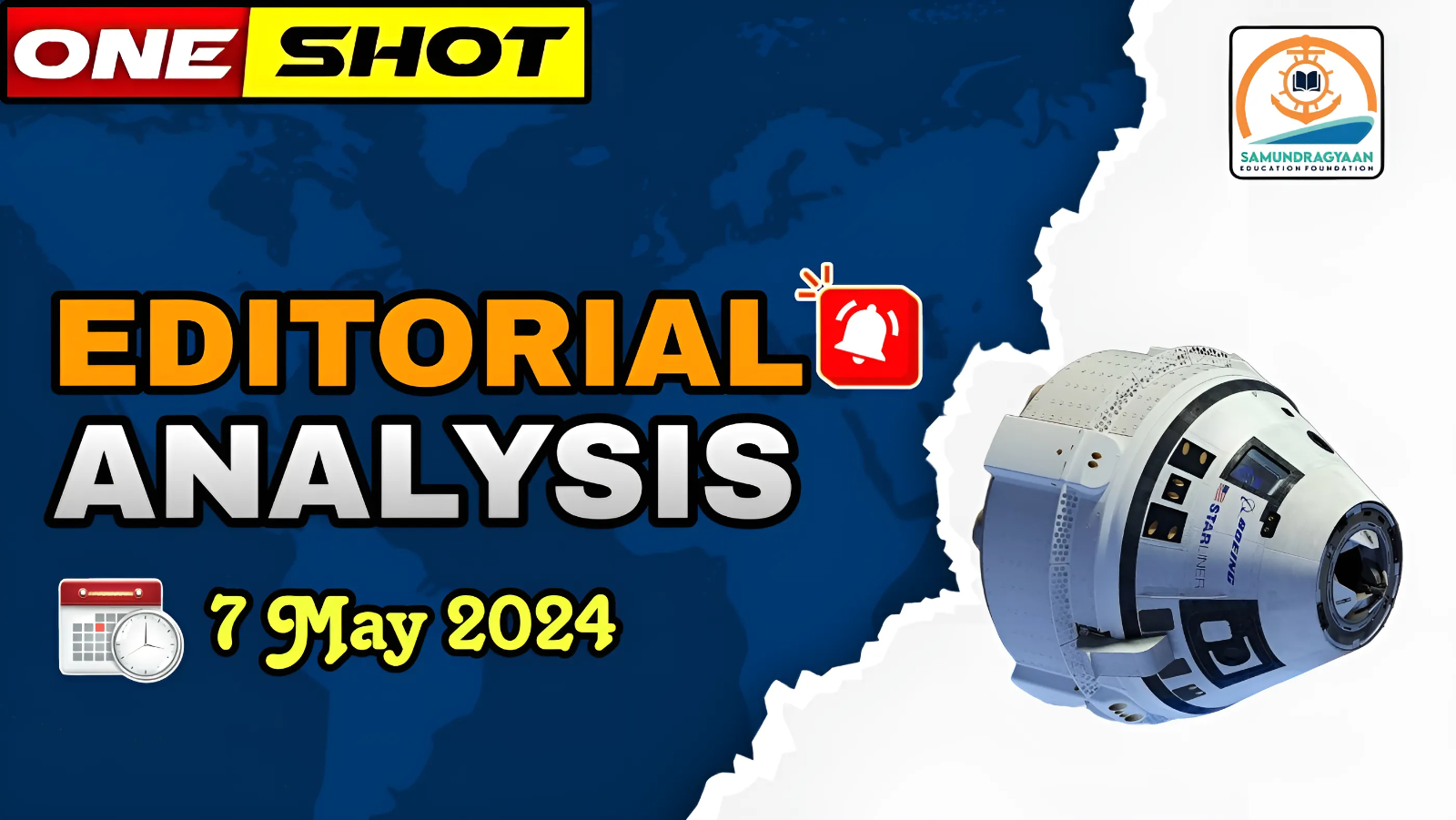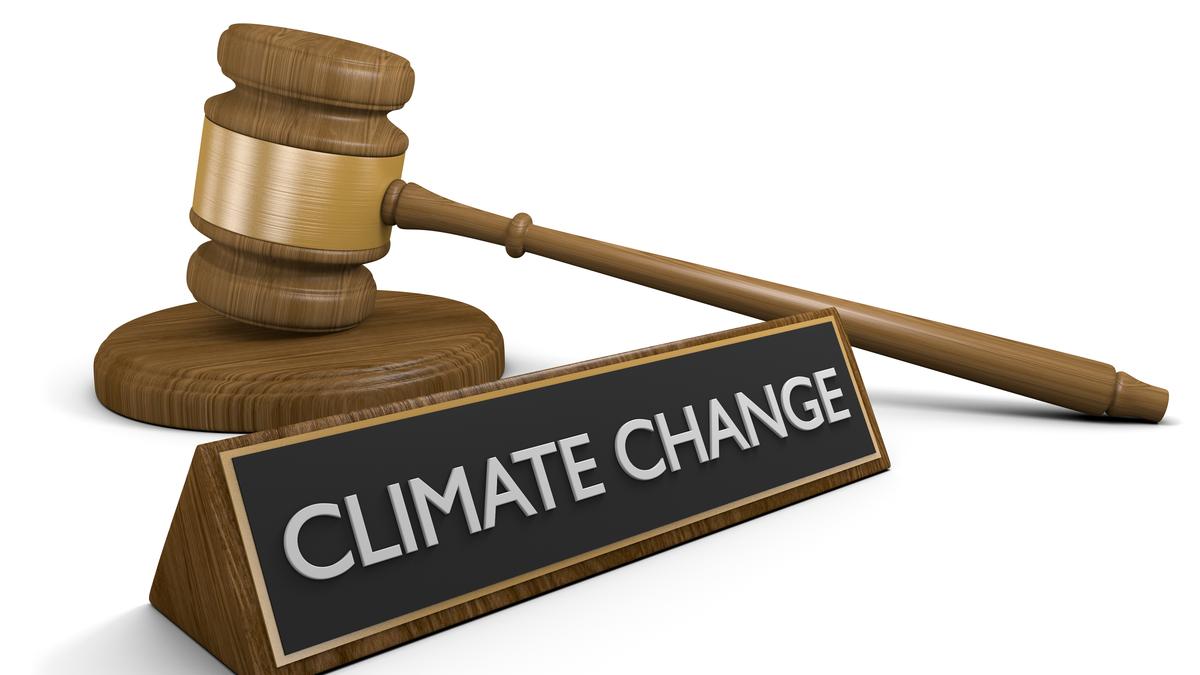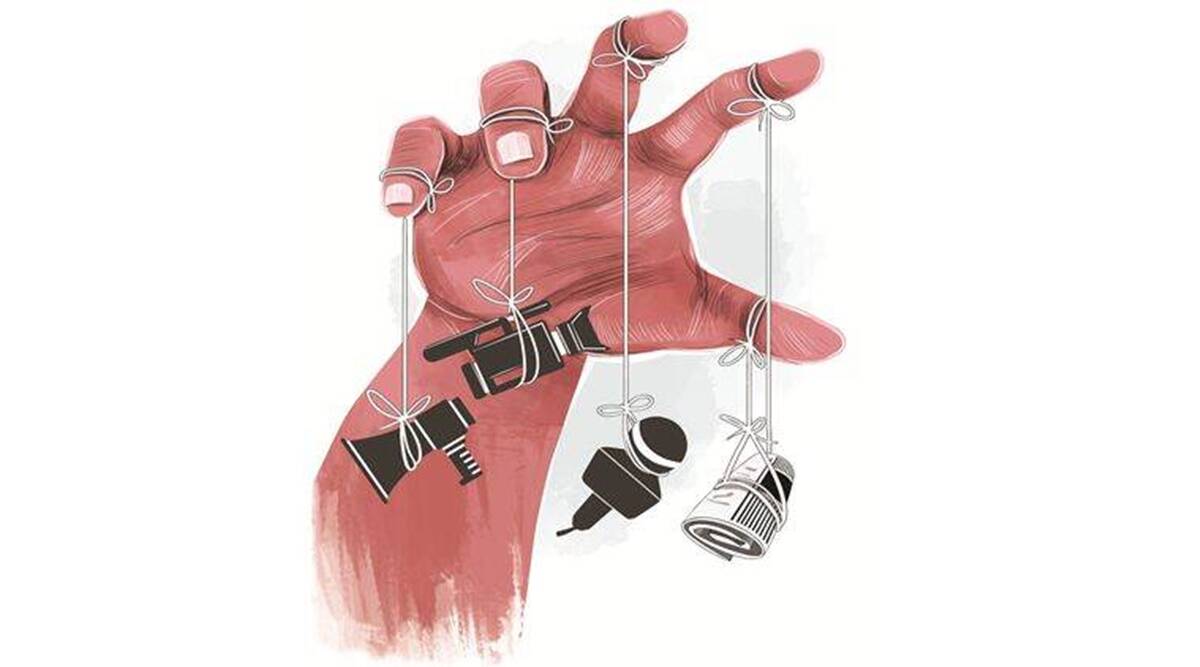| Topic: GS2 – Indian Polity – Judiciary
GS3 – Environment – Environmental pollution and degradation |
| Context: |
| ● In a landmark decision, the Supreme Court of India extends constitutional rights to include protection from climate change impacts, offering hope amidst global inaction.
● The potential of this Supreme Court judgement to redirect India towards sustainable and just climate action is emphasised. ● While recognizing the disproportionate impact on marginalised communities, the judgement’s flaws in rapid energy transition are highlighted in the following article. |
Introduction: The Supreme Court’s Climate Rights Ruling
- The Supreme Court of India has extended constitutional rights to life and equality to include protection from the ill-effects of climate change, offering a glimmer of hope in a dire ecological situation.
- Despite governments worldwide failing to act on scientific evidence, the judgement holds promise in addressing climate crisis impacts, especially on marginalised communities.
| What are the arguments put forth by the Supreme Court in the judgement? |
| ● Recognition of Climate Change Impacts: The Supreme Court recognized the adverse impacts of climate change, linking them with fundamental rights.
● Interpretation of Constitutional Provisions: It interpreted Articles 48A, 51A(g), and 21 of the Constitution, emphasising the duty to protect the environment and the right to life. ● Judicial Precedents: The court cited past judgments, such as MC Mehta vs Kamal Nath (2000) and Virender Gaur vs State of Haryana (1995), recognizing environmental protection as integral to fundamental rights. ● Threat to Right to Life and Equality: Climate change-induced disruptions were seen as jeopardising the right to life and equality, especially for vulnerable communities. ● International Obligations: The judgement aligned with international human rights principles, acknowledging states’ obligations to prevent harm caused by climate change. ● Role of Legal Framework: It highlighted the absence of an umbrella legislation on climate change in India despite existing environmental protection laws. ● Need for Articulation of Rights: The court stressed the necessity to articulate the right against adverse climate change effects, considering its impact on various constitutional rights. ● Intersection of Environmental Protection and Human Rights: The judgement underscored the intrinsic connection between environmental protection, climate change, and human rights, emphasising the need for effective laws and policies to mitigate climate impacts. |
Significance of the Judgment
- The Court’s decision has the potential to translate into actions mitigating climate crisis impacts and facilitating adaptation, particularly given its recognition of the disproportionate burden borne by marginalised groups.
- However, flaws in the judgement risk undermining its positive potential, notably concerning energy transition strategies and their environmental impacts.
Flaws in the Judgment
- The Court emphasises the importance of solar and wind power to meet India’s climate commitments but fails to address problematic aspects of the proposed energy transition.
- The inclusion of large hydropower and nuclear plants under ‘non-fossil-fuel’ and ‘renewable’ energy categories overlooks their adverse effects, such as biodiversity loss and displacement of communities.
- Mega-solar and wind projects have significant adverse impacts, including land displacement and destruction of ecosystems, yet they are exempt from environmental impact assessments.
- Despite renewable energy investments, the government continues to approve new coal mining blocks, undermining climate goals and impacting biologically diverse areas, often at the expense of indigenous communities.
Lack of Consideration for Alternatives
- The Court’s acceptance of the energy transition overlooks alternatives like decentralised renewable energy sources, which could address energy needs while minimising environmental impact.
- Questions regarding energy wastage, inefficient transmission, and luxury consumption are not addressed, neglecting potential solutions like demand management and power redistribution.
- The Court disregards emerging global jurisprudence, including the rights of nature and indigenous peoples, which could inform more just climate actions and project assessments.
Expanding the Positive Potential
- The Court could enhance the judgement’s positive impact by tasking its expert committee to explore less damaging energy generation alternatives and non-electric means of meeting energy demand.
- Additionally, the Court should consider broader issues of development models that violate constitutional rights, directing the government to re-examine projects causing deforestation and displacement, in line with protecting indigenous communities’ traditional ways of life.
Conclusion: Realigning Climate Rights
- The Supreme Court’s ruling offers hope in addressing climate crisis impacts but requires critical examination and action to fulfill its potential.
- By addressing the flaws and expanding considerations for alternatives and indigenous rights, the Court can steer India towards a more sustainable and just approach to climate action.










